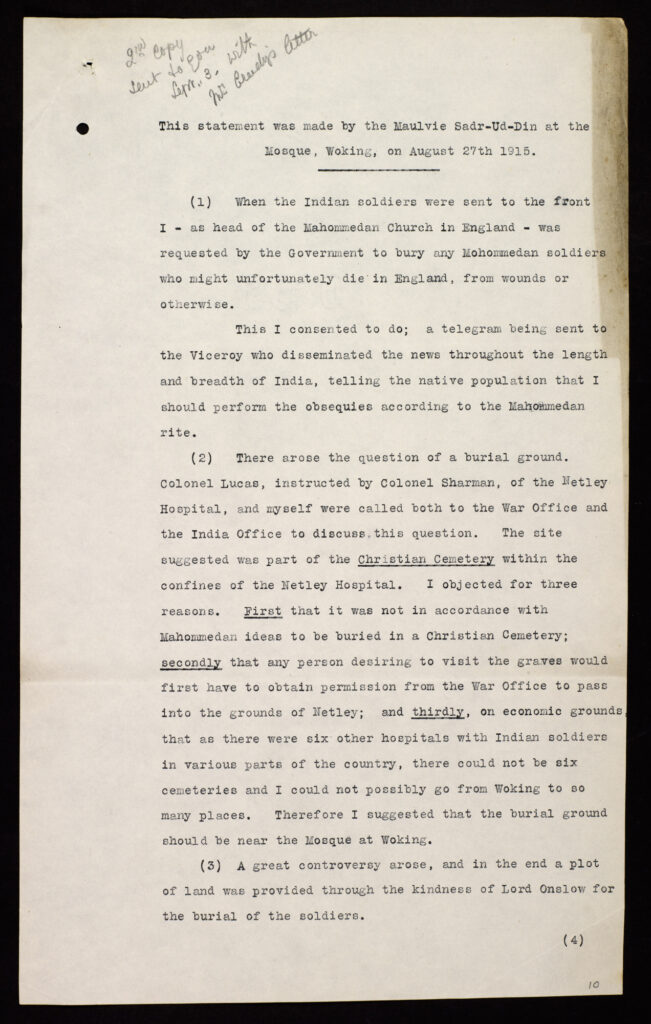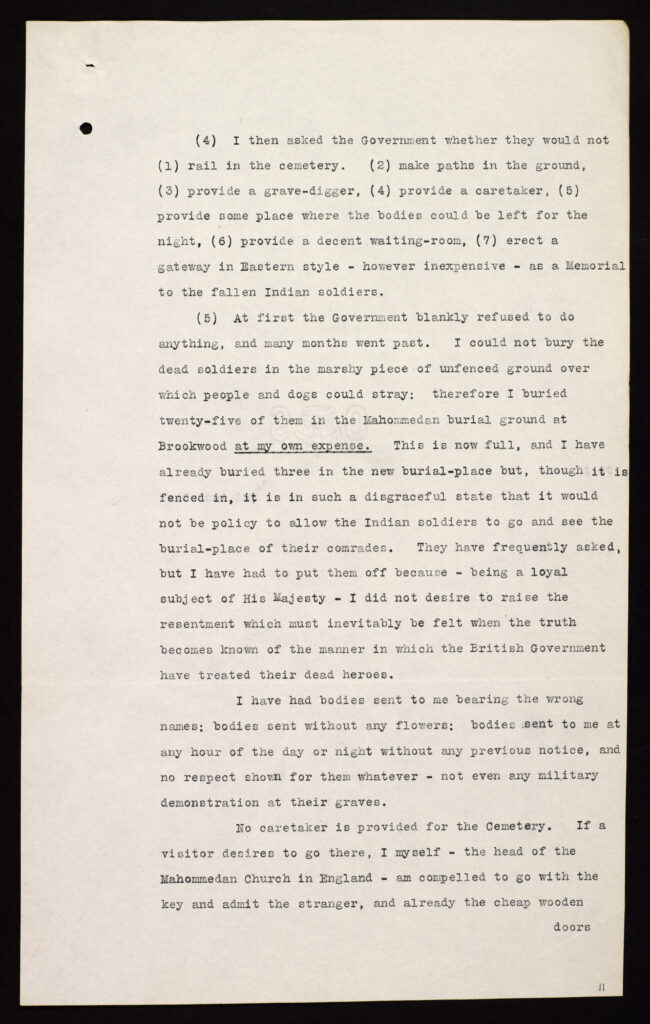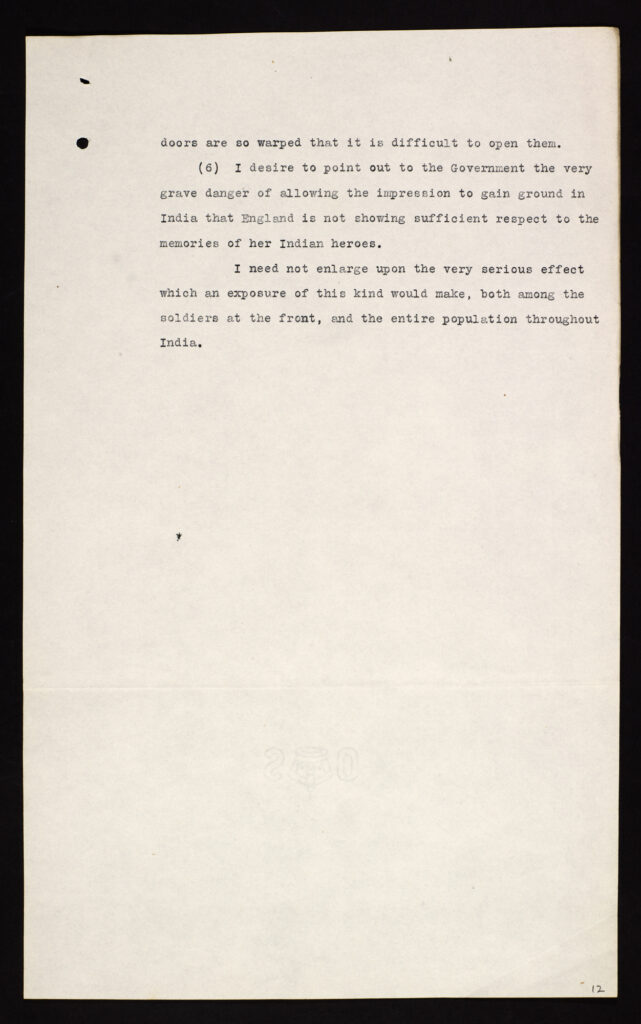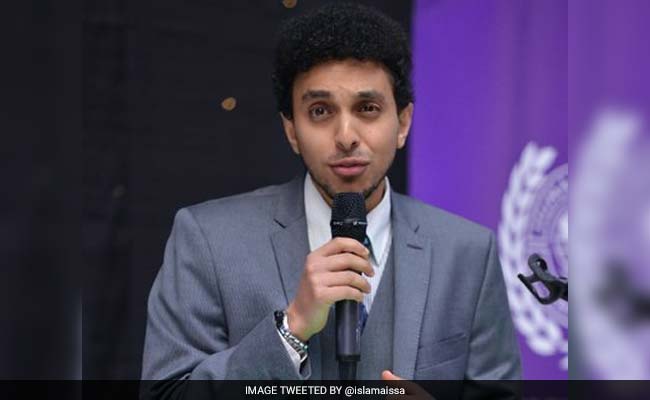UNITED KINGDOM :



This statement, made by Maulvi Sadr-Ud-Din, provides an insight into the treatment of Muslim Indian soldiers who had fought during World War One and died in hospitals in Britain. Sadr-Ud-Din, from the Shah Jahan Mosque at Woking, was charged with overseeing their burial in England.
What does the statement reveal?
From 1915, there were nine sites in the South of England set up specifically for the treatment of wounded Indian soldiers. This included the Dome Hospital in Brighton and the convalescent camp at Barton-on-Sea. These were hospitals of high standards with up-to-date medical facilities, as well as services dedicated to catering for every religious need.
The Maulvi’s statement, however, raises issues with the posthumous treatment of soldiers who died in these hospitals. He states that the bodies of Muslim soldiers were often sent to him with the wrong name; without flowers; or with no provision for a military demonstration at the grave. Although Sadr-Ud-Din had been allocated a plot of burial land at Woking on Horsell Common, he describes it being in a poor state and maintains that his requests for improvements have been ignored.
Sadr-Ud-Din warns of the ‘grave danger of allowing the impression to gain ground in India that England is not showing sufficient respect to the memories of her Indian heroes’. His concluding words hint at the unease in Indian-British relations at this time and, in particular, the growing nationalist movement which was campaigning against British rule. In response, the government – in a public-relations exercise – commissioned improvements to the burial site at Woking.
These improvements were led, in part, by the suggestions made in Sadr-Ud-Din’s statement. These included a permanent enclosure of the piece of land; making paths in order to distinguish between grave and ground; to employ members of staff in the everyday running of the cemetery; and to build three structures: a morgue, a waiting room and a gateway to not only simplify the burial process, but to also give the area precedence. The gateway, at Sadr-Ud-Din’s request, was designed ‘in Eastern-style […] as a Memorial to the fallen Indian soldiers.’
The majority of these requests were realised, although the morgue and waiting room were never built.
________
source:
Full title:Correspondence about Moulvi Sadruddin, Imam of the Woking Mosque, and the burial of Muslim soldiers in England.
Created:27 August 1915,
WokingFormat:Typescript, Letter
Creator:Maulvie Sadr-Ud-Din
Usage termsCrown Copyright
Held byBritish Library
Shelfmark:Mss Eur F143/80
_________
source: http://www.bl.uk / British Library / Home> Collection Items / (This item I feature in ‘All South Asians in Britain Collections’ and ‘All World War One Collection Items’ / (date viewed July 09th, 2022)









